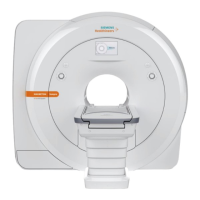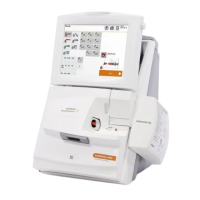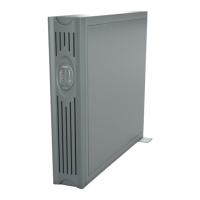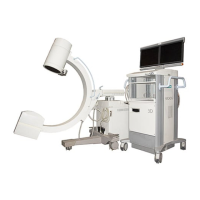Hematek
®
3000 System – Instruction Manual – Version 1.329
9.2 Staining process
The system produces stained glass slides of consistent quality in a
continuous process. This is accomplished by having a fixed length of time
in each of the three phases of stain, buffer, and rinse, as well as a
predetermined ratio of stain-to-buffer volumes in the buffer phase.
A properly stained glass slide is the result of an interactive process involving
the pump volumes, the mixing process, and the stain-to-buffer ratio. The
system is pre-set to a stain-to-buffer ratio of approximately 1:2.5 and a rinse
volume of approximately 1.0mL per glass slide when each adjustment knob
is at its centering catch. The stain-to-buffer ratio can be adjusted from 1:2
to 1:3.
9.2.1 Example for the calculation of the stain-to-buffer ratio
Examples for recorded volumes of the stain and buffer are displayed in
Table 9-1.
The stain-to-buffer ratio is calculated from the recorded volumes as follows:
The stain-to-buffer ratio is used to verify the pump volumes, see
Chapter 8.5.3.
Fluid Recorded volume
Stain 1.6 mL
Buffer 3.5mL
Table 9-1 Examples for recorded volumes
Stain-to-buffer ratio 1 :
Buffer volume
Stain volume
-------------------------------------
1 :
3.5mL
1.6mL
-----------------
1 : 2.19===

